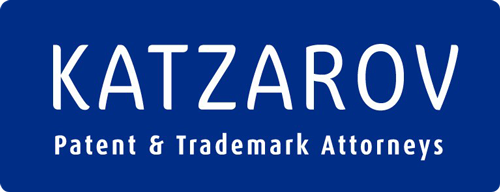Table of Contents
Patents of Invention
Legal Basis
– Inventions, Minor Inventions and Industrial Designs Proclamation No. 123/1995, in force since May 10, 1995.
– Inventions, Minor Inventions and Industrial Designs Regulations, in force since December 10, 1996.
Membership in International Conventions
– Paris Convention for the Protection of Industrial Property, Stockholm Act, since August 15, 2025.
– Ethiopia is not a member of the PCT.
Filing Requirements
– Legalized power of attorney;
– A statement naming the inventor(s);
– Description of the invention (3 copies), in English or Amharic;
– Claims;
– Drawings (3 copies), (max. size: 26.2 cm x 17 cm);
– An abstract.
Remarks
Duration – extension: patent issued after formal and substantive examination – valid for 15 years. It may be extended for a further period of five years provided it is properly worked in Ethiopia. (Patents of introduction: may be valid for a period that may extend up to ten years.)
Annuities: payable annually on the anniversary of the filing date.
Opposition: is not possible.
Trade and Service Marks
Legal Basis
– Trademark Law No. 501/2006, in force since July 7, 2006.
– Implementing Regulations No. 273/2012, in force since December 24, 2012.
Membership in International Conventions
– Paris Convention for the Protection of Industrial Property, Stockholm Act, since August 15, 2025.
– Ethiopia is not a member of the Madrid Agreement or Protocol.
Filing Requirements
– Power of attorney, legalized in the applicant’s country and duly authenticated by the Ethiopian Consulate in the country;
– Home registration certificate or a certified copy of the applicant’s Business Registration License showing the business activity which are related to the list of goods indicated under the application;
– 3 copies of a reproduction of the trademark;
– A list of goods and services classified in accordance with the International Classification and the class numbers of the classification;
– Priority document, if any.
Remarks
Duration – renewals: 7 years from the filing date; renewable for further periods of 7 years.
Obligation to use the registered mark: use is not required for the registration of a trademark or for its renewal, however, the trademark is vulnerable to cancellation for non-use. Any interested person may submit a request in writing to the Office for the cancellation of a registered trademark on the grounds that the mark has not been used in Ethiopia during a continuous period of at least three years preceding the date of the request for cancellation.
Opposition: any person who objects the registration of the trademark may within sixty days from the date of the publication of the notice of invitation for opposition notify in writing the Office stating the grounds of opposition (this may be extended for a further sixty days upon payment of a fee).
Industrial Designs
Legal Basis
– Inventions, Minor Inventions and Industrial Designs Proclamation No. 123/1995, in force since May 10, 1995.
– Inventions, Minor Inventions and Industrial Designs Regulations, in force since December 10, 1996.
Membership in International Conventions
– Paris Convention for the Protection of Industrial Property, Stockholm Act, since August 15, 2025.
– Ethiopia is not a member of the Hague Agreement.
Filing Requirements
– Legalized power of attorney;
– A statement indicating the name, address, nationality and residence of the applicant(s)/creator(s);
– 4 graphic representations or drawings (max. size 10 cm x 20 cm);
– A printing block;
– An indication of the kind of product for which the design is to be used.
Remarks
Duration: after formal examination and novelty examination: 5 years from the filing date. Renewable for two consecutive periods of five years each.
Opposition: is not possible.
Domain Names
Filing
ccTLD: .et
Applicant: individuals and legal entities.
Local presence: not required.
Remarks
Duration – renewals: one year, renewable.
Uniform dispute resolution procedure: none.

